
New Jersey is the Garden State, a moniker that harkens back to the colonial era.
Videos by TravelAwaits
During this period, New Jersey was layered with fertile farms and gardens. Compared to the large cities dotting New York, Massachusetts, and Pennsylvania, New Jersey’s natural corridors offered green escapes.
If you’ve spent any amount of time in New Jersey, you might know why the name The Garden State draws ire.
New Jersey is laced with some of the region’s most complex highways and interstates—and there’s hardly a tree in sight along their densest lanes. Only those who know where to go today will find respite from the state’s tightly packed towns.
Still, gardens aren’t the only hidden wonder waiting for nature-lovers in New Jersey.
As a fan of weird landscapes and paranormal topics, I’ve had the Garden State on my bucket list for one reason: getting into the Pine Barrens.
These ancient forests are the stomping ground of New England’s most famed cryptid, the New Jersey Devil, and aren’t like any other American woodlands.
Ready to get out and experience New Jersey’s best-kept natural wonder? Here’s how to explore the Pine Barrens.
Wait—what’s a pine barren?
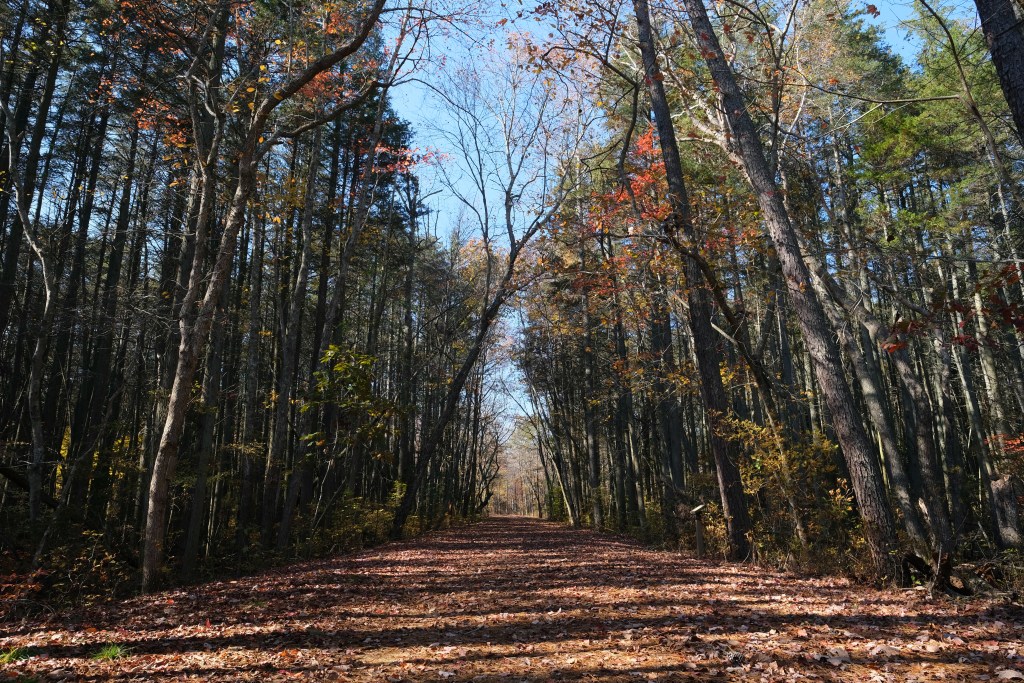
Pine barrens are a landscape that’s exclusive to the US’s East Coast. These unique forests are defined by sandy, nutrient-poor soil that supports cool fauna, including orchids, carnivorous plants, and coniferous trees like pines. The word ‘barren’ comes from how useless that soil is—at least, for traditional farming purposes.
Pine barrens once spanned many parts of New Jersey, New York, and Massachusetts, but due to metro sprawl, the US’s largest and most protected pine barren now belongs in New Jersey. In the state, they’re also called the Pinelands and the Pines.
Since 1978, New Jersey has protected over 1.1 million acres of pine barren, known as the Pinelands National Reserve. It’s home to five unique parks that let you experience a different part of the Pines, which are listed below.
Just look out for that pesky New Jersey Devil, which was last sighted in 1960 near May’s Landing! It’s got hooves and it likes to scream.
5 ways you can visit New Jersey’s Pine Barrens, aka the Pines
Wharton State Forest
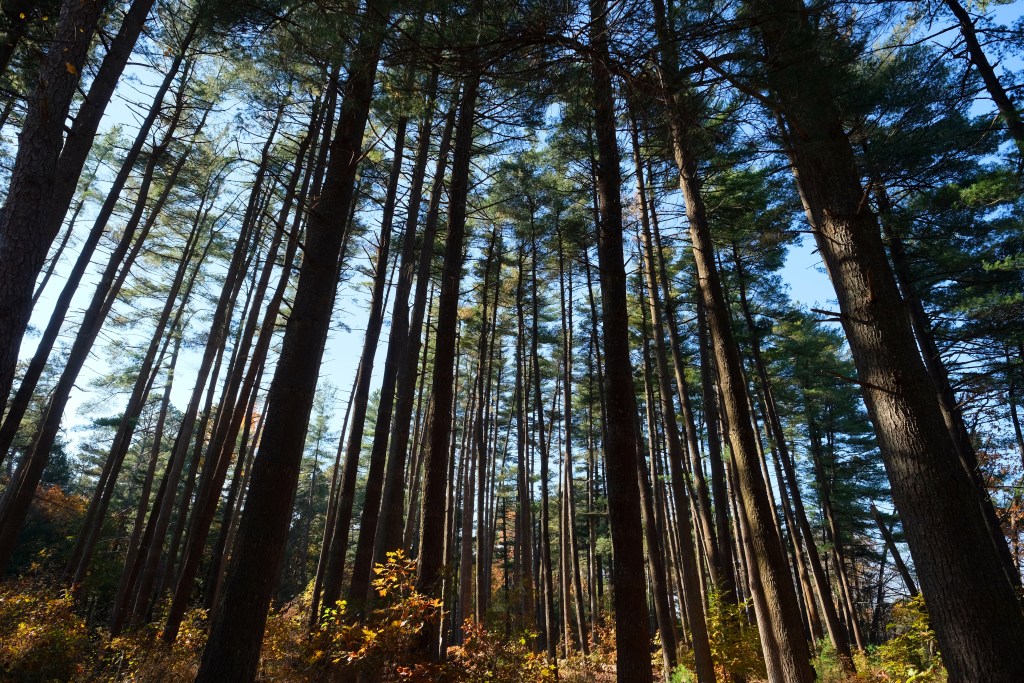
If you like to get out on the water, this is your best option when it comes to exploring New Jersey’s Pines. It’s home to rivers and lakes that are perfect for kayaking and canoeing, along with a popular lookout point.
From Batsto, you can easily access public services in Wharton State Forest, from barbecue areas to campsites. The Atsion Recreation Area is the largest and most developed (it’s got showers). There are over 500 miles of unpaved roads that you can also use for mountain biking and even horseback riding.
And don’t miss out on the New Jersey Forest Fire Service tower, which offers a stunning panoramic view of the Pinelands. It’s located on Apple Pie Hill along the Batona hiking trail.
Brendan T. Byrne State Forest
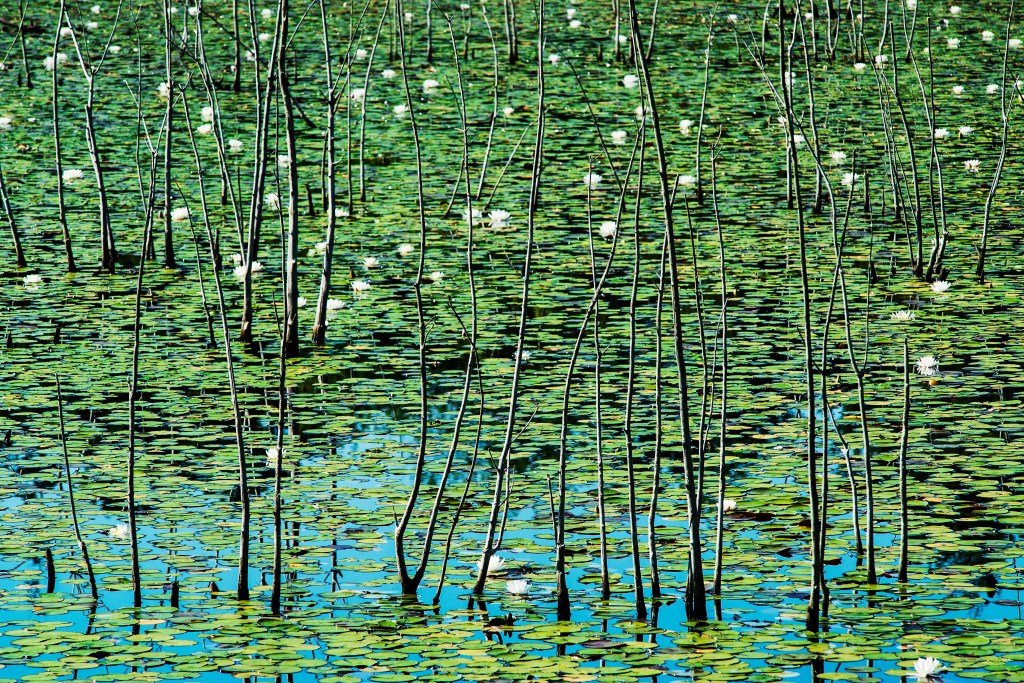
With over 25 miles of hiking trails, this is a large and remote state park in the Pinelands. Despite that, it’s highly accessible and perfect for those who want to get out on long trails. One of its most popular trails, the Cranberry Trail, is also wheelchair accessible.
Uniquely, you can also access Batona Trail from Brendan T. Byrne State Forest. It weaves through both protected areas, along with Bass River State Park (below).
Bass River State Park
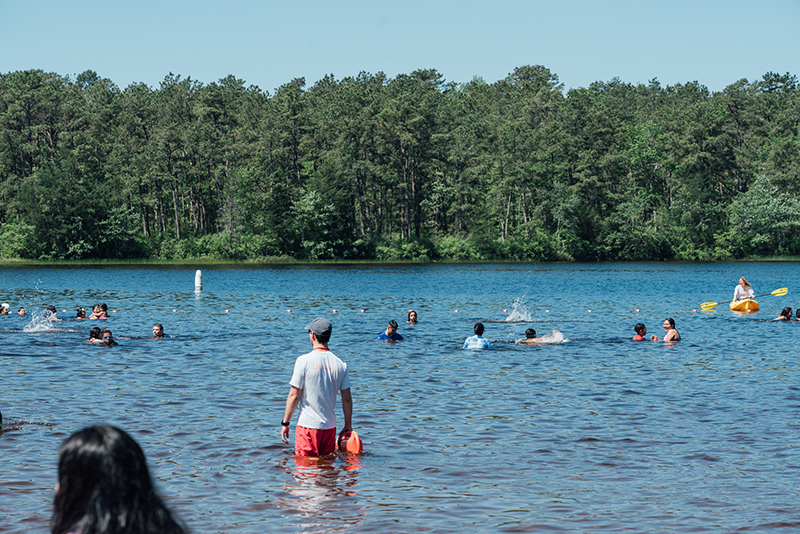
Like the name suggests, this park is focused on Bass River, which passes through its grounds. It’s also home to Lake Absegami, an idyllic location that lets you explore the Pinelands by boat or canoe. You can also swim at Lake Absegami.
However, I’d skip the river and the lake to explore the West Pines Plains Natural Area, which is home to a pygmy forest. Thanks to the nutrient-poor and sandy soil of the area, trees don’t grow much taller than four feet.
It’s one of the few pygmy forests located on the US’s East Coast (most are in California).
Penn State Forest
Head to Oswego River and Oswego Lake in Penn State Forest if you’ve got your own boat—you can easily get out on the water. Just keep in mind that this is one of the Pinelands’ most rustic parks, meaning most roads are unpaved and most services are bare-bones.
That being said, Penn State Forest is still open for all types of outdoor activities. You can go mountain biking or horseback riding. You can hunt deer and wild turkey. You can even go cross-country skiing in winter when the snow piles up.
Double Trouble State Park
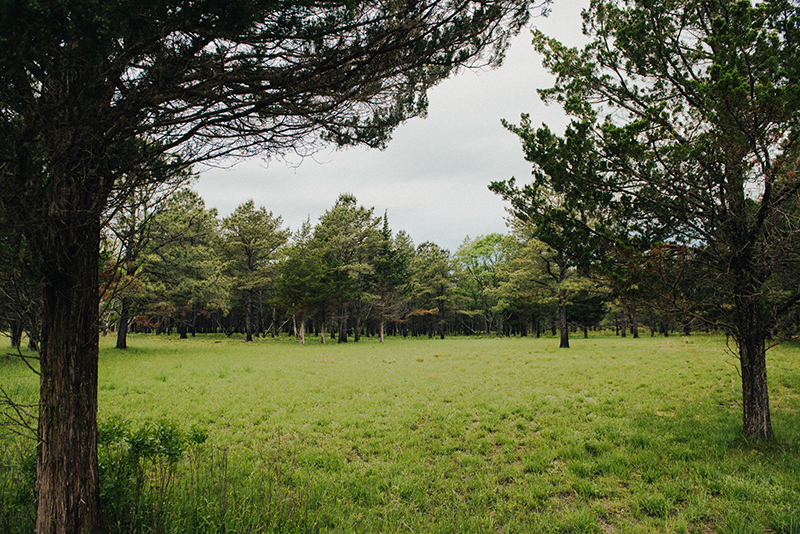
I’m not a cryptozoologist, but if I had to take a wild guess at where the New Jersey Devil is hiding out, it’s probably at Double Trouble State Park.
In a slightly less sexy twist, this park gets its name from a former cranberry company and packing plant, which was called the Double Trouble Company. Today, you can take the 1.5-mile loop trail around the wetlands, where wild cranberries still grow today.
